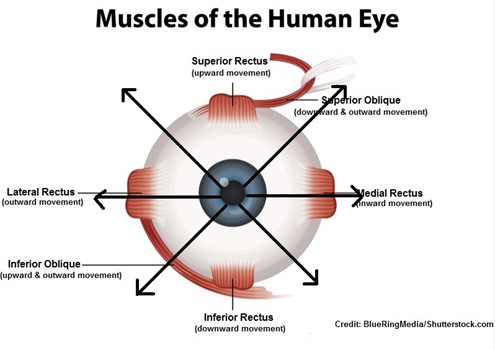The patient has voided this am. the nurse will inspect the urine for which of the following?
Consistency, clarity, and articulation
Consistency, residual, and odor.
Clarity, odor, and amount
Clarity, firmness, and amount
The Correct Answer is C
Option c, clarity, odor, and amount is the correct answer. These are important parameters to assess when inspecting urine. The clarity of the urine can indicate the presence of particles or bacteria.
The odor of the urine can provide clues about potential infections or other medical conditions. The amount of urine can help to assess hydration status and kidney function.
Option a, consistency, clarity, and articulation is not applicable to urine as urine is a liquid and does not have consistency or articulation.
Option b, consistency, residual, and odor is partially correct. Residual urine can be assessed through other methods such as ultrasound or catheterization, but it is not typically assessed through a visual inspection of the urine.
Option d, clarity, firmness, and amount, is not applicable to urine as urine does not have firmness.
Nursing Test Bank
Naxlex Comprehensive Predictor Exams
Related Questions
Correct Answer is B
Explanation
The nurse is assessing the 6 stages of the cardinal gaze to evaluate the function of the cranial nerves III, IV, and VI for ocular motor movements, which control eye movement and positioning.
Cranial nerve III controls the superior rectus, inferior rectus, and medial rectus muscles, which move the eye up, down, and inward, respectively. Cranial nerve IV controls the superior oblique muscle, which moves the eye downward and laterally. Cranial nerve VI controls the lateral rectus muscle, which moves the eye outward.
Therefore, the nurse will observe the patient's ability to move their eyes smoothly in each of the six cardinal positions of gaze and note any abnormalities that may indicate dysfunction of these cranial nerves. This test is used to diagnose conditions such as strabismus, nystagmus, and palsy of the ocular motor nerves.
Cranial nerve II, on the other hand, is responsible for visual acuity, not eye movement, and is tested separately using a visual acuity chart or other vision tests.

Correct Answer is ["C","D"]
Explanation
The Mini-Mental Status Exam assesses cognitive function, which is often included in the psychosocial assessment, and the Activities of Daily Living Tool assesses the patient's ability to perform daily tasks, which is also important to understand the patient's level of functioning.
Whether you are a student looking to ace your exams or a practicing nurse seeking to enhance your expertise , our nursing education contents will empower you with the confidence and competence to make a difference in the lives of patients and become a respected leader in the healthcare field.
Visit Naxlex, invest in your future and unlock endless possibilities with our unparalleled nursing education contents today
Report Wrong Answer on the Current Question
Do you disagree with the answer? If yes, what is your expected answer? Explain.
Kindly be descriptive with the issue you are facing.
